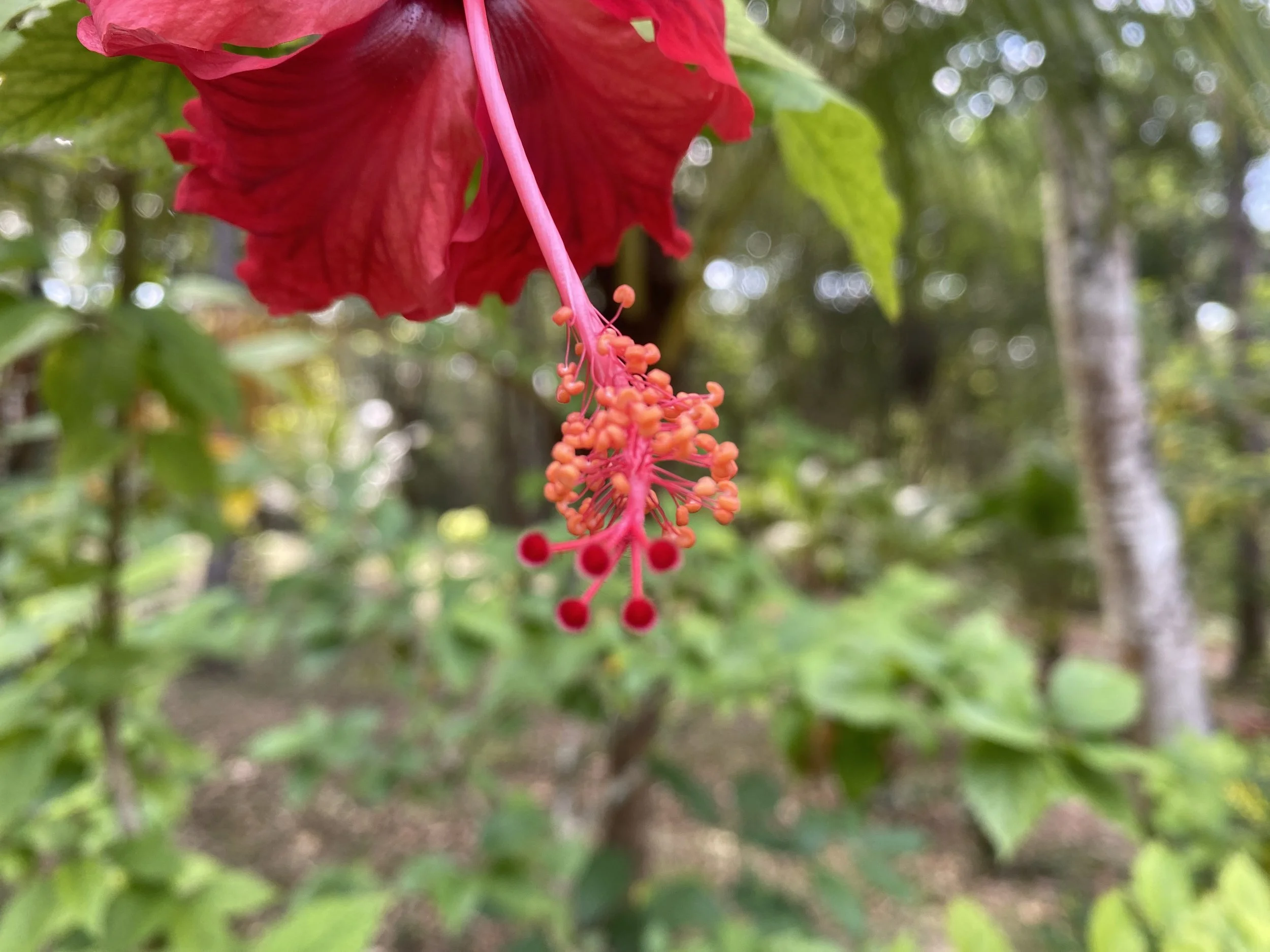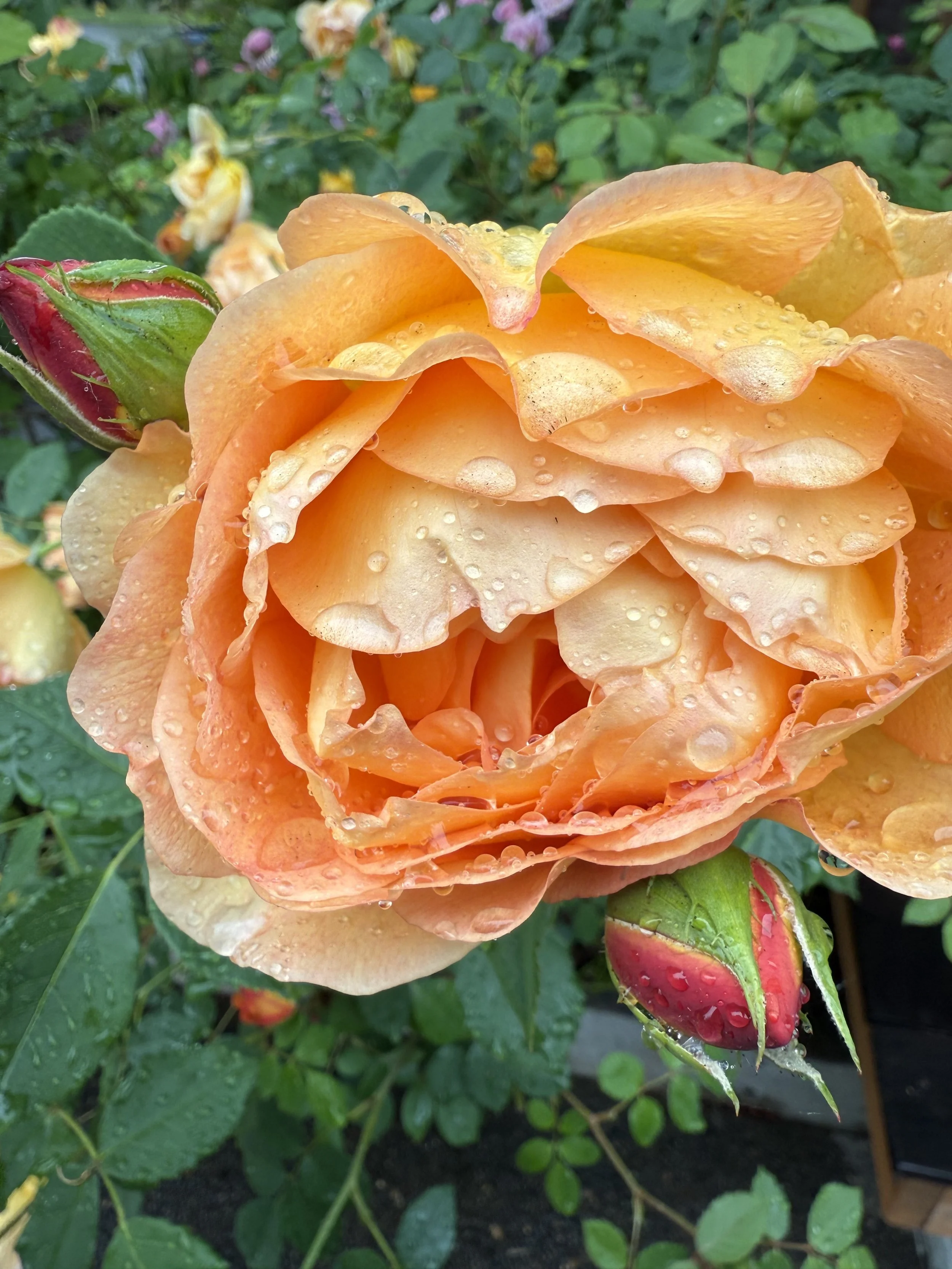Therapeutic Specialties
You are a human being looking for support.
You want to understand & befriend your emotions instead of distracting or reacting from them.
You may have tried traditional talk therapy, but it didn’t work.
You may be highly sensitive & care deeply about the world, making you feel overwhelmed, stressed, or burnt out.
You might be struggling with anxiety, depression, or substance abuse.
You might identify as a member of a historically oppressed community & want support in navigating societal challenges & embodiment
You may feel lost or confused about your purpose in life.
You might want to explore your spirituality or sexuality.
You are ready to do shadow work.
You might want help integrating your psychedelic experiences.
You want to create positive change in your life & the lives of others

Methods & Frameworks

What does I-Thou mean?
Relationships are inherent for our survival as a species. From childhood to young adulthood, the core developmental stages revolve around relationships - how we survive, differentiate, and relate in relationships.
The term "I-Thou" was initially coined by the philosophy of Martin Buber, a Jewish existentialist philosopher, and is now used by many Gestalt and Experiential Psychotherapists. In his influential work "I and Thou" (1923), Buber explores the nature of human relationships and distinguishes between two modes of relating: the "I-Thou" relationship and the "I-It" relationship. An "I-Thou" relationship is having a deep and meaningful connection where we truly see and understand each other; we each have a respectable role of autonomy and choice. On the other hand, an "I-It" relationship is more transactional, like seeing someone as an object or a means to an end. As a therapist, I prioritize I-Thou.
Scientifically, the I-Thou relationship involves limbic resonance, which is the emotional connection and synchronization between individuals, fostering mutual understanding and empathy. This activation and synchronization happens in our neural circuits, including the mirror neurons and limbic system.
Philosophically, if the relationship has mutual understanding and safety, an opportunity for exploration presents itself. The I-Thou relationship is, at its core, mutual understanding and safety; safety equals opportunity, and opportunity paves the way for healing.
I-Thou Values & Principles











